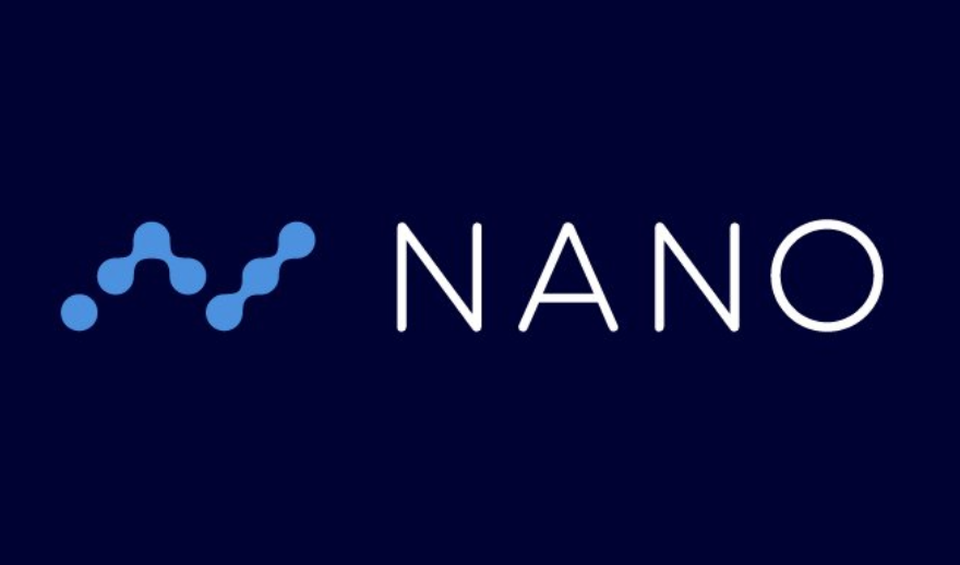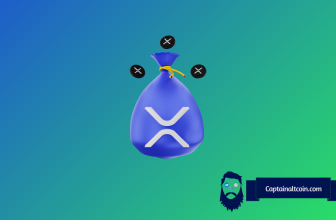
Listing on a new exchange, no matter its size, used to bump the price of a coin by at least 50%. But those were the crazy times of 2017. In 2018, new exchange listing, especially if it is a marginal, small volume platform like Cobinhood brings nothing but indifference among the holders.
⚡️New Token Listing!⚡️
Nano ( $NANO ) will be listed on COBINHOOD Exchange on December 14!Deposit and withdrawal functions for NANO-BTC will be available upon listing.
Read more: https://t.co/L8bJZeaaMh pic.twitter.com/sFWfr3y4SB
— COBINHOOD (@COBINHOOD) December 11, 2018
Cobinhood prides itself with the fact that they are the first exchange in the world that does not charge any trading fees for spot trading. The fees for margin trading with as much as ten times leverage are also zero.
Cobinhood currently has a very low daily trading volume of only $2.5 million per day with BTC/ETH pair taking up the biggest chunk of that volume.
So, if there are no fees, how do they make money?
Cobinhood does need to make money and the profits come from performing underwriting services for ICO’s. These services include listing the coin on the platform immediately after ICO, to help with its liquidity and initiate the coin trading. They also offer reviews for smart contract technology, business advice and other general blockchain technology consultancy.
NANO, the cryptocurrency formerly known as Raiblocks XRB, has had one of the more historically bad trajectories of the 2018 bear cycle. While the coin experienced a meteoric rise in valuation to close out 2017, one that saw the price of the coin climb from under a dollar to nearly $36 in the span of a month, the aftermath was equally catastrophic.
While cryptocurrency hacks and exchange compromises have become a dime a dozen over the years, BitGrail’s hack of $187 million worth of NANO (at the time still trading under Raiblocks XRB) turned into a bizarre affair of accusations and finger pointing. Ultimately, holders of NANO became the real losers in the aftermath of the hack, with millions of dollars worth of stolen coins directly impacting the wallets of those affected.
Ever since this incident, Nano holders are very cautious with any new exchange listing with a mandatory calling to all of their investors to do a thorough research of the exchange. Only last week, there was a new NANO-focused exchange announcing their launch – NanoTrade.co.uk and it was greeted with hostility and wary. Nano hodlers went into an investigative mode and dug out a lot of red alerts that will deter most of them from trading on the new platform. Here is the full thread on the topic.
Nano is fundamentally very sound project
Nano is the meat & potatoes of what’s the most critically important features of a cryptocurrency. Fast & feeless transactions.
Nano solves the problem of being scalable, decentralized and secure by being the first crypto to use DAG based block-lattice architecture that doesn’t suffer from the same protocol based limitations other legacy blockchain based solutions use.
While Nano does have some infrastructure needed to be a functional cryptocurrency (including merchants, exchanges, payment processors, software wallets, hardware wallets, gambling and betting and games), clearly many other projects have the same/are on their way to achieve the same. Nano is probably one of the most usable coins right now but they need to work on other aspects of their projects as well, not only the technology field. Marketing and building relationships with big players from ecommerce and retail industry is the next task for the team.
Therefore this probably won’t be enough to make Nano a commercially accepted crypto solution, for now at least. Still, there are arguments that Nano is undervalued at the moment, especially if you consider that projects like Bitcoin Gold or Verge are currently above it in market cap. If/when the long-awaited alt season greets the cryptosphere with its divine presence we should expect to see Nano as one of the stronger beneficiaries of it.







